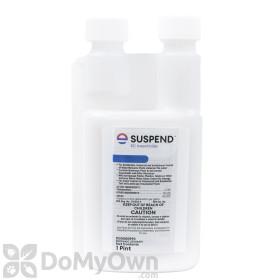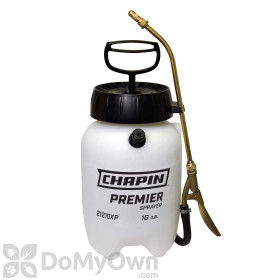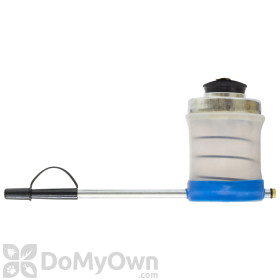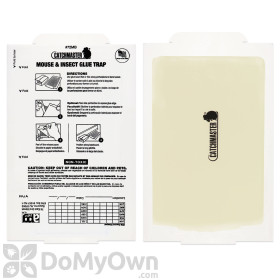Boxelder bugs are overwintering pests, meaning they will seek a warm shelter as temperatures cool in the fall to survive the winter. Unfortunately, that warm structure could be your home, resulting in an infestation!
It is unusual for homeowners to see very many box elder bugs in the winter, as the pests will stay put once they find a hiding space. Instead, boxelder bugs are commonly seen in the spring when temperatures warm as the pests try to make their way outside in search of food.
While boxelder bugs do not bite or carry disease, they can multiply quickly. The excrement they release when disturbed or crushed can also stain walls and floors. Read our guide below to learn how to control a boxelder bug infestation.
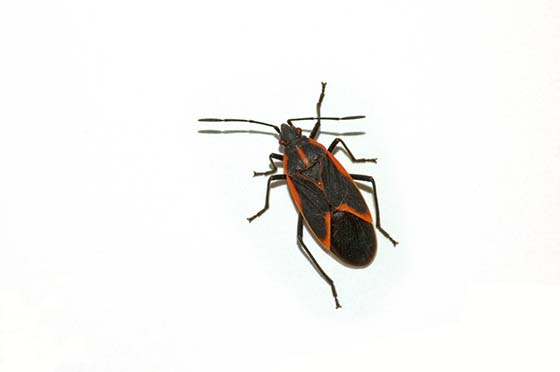
Use a Liquid Insecticide Inside the Home

Select an insecticide labeled for boxelder bugs, such as Suspend SC or Talstar P. Follow the instructions on the label to mix the insecticide with water in a hand pump sprayer, then spot treat the following areas around your home in rooms where boxelder bugs have been seen:
- In the corners of rooms
- Where baseboards meet the wall
- Where utility pipes enter the home
- Around door and window frames
- Beneath appliances and sinks
Children and pets should be kept out of treated rooms for 1-2 hours until the insecticide has dried.
Products needed for Step 1
Treat Cracks, Crevices, and Other Hard to Reach Areas with Insecticide Dust
Boxelder bugs will crawl into voids, cracks, and crevices in the home to hide for the winter. They will usually crawl out of the same voids, cracks, and crevices to escape the home in the spring. An insecticide dust is an easy way to treat these hard to reach places.
Select the insecticide dust labeled for boxelder bugs, like EcoVia WD, and a bellow hand duster. Fill the duster half-way with the dust of your choice, turn the duster over so that the lid faces the ground, then apply 1-2 puffs per application in the following areas around the home:
- Where baseboards meet the floor
- Under appliances
- Under furniture
- Where pipes enter the wall
- Below sinks
- In wall voids behind outlets
- Where cables and pipes enter the home
- Around door and window frames
- In the corners of attics and closets
- In other cracks and crevices around the home
Read the label of the insecticide to determine how far apart each application should be. Do not over-apply the dust. Boxelder bugs will avoid large amounts of dust in one spot.
Pro Tip
Monitor your boxelder bug infestation using glue boards. Place glue boards near doors, windows, and in the corners of rooms where you have seen boxelder bugs. Glue boards will help catch stray boxelder bugs and determine where the bugs are hiding in your home.
Products needed for Step 2
You should see a decrease in boxelder bug activity in the days and weeks after treatment. If activity continues, retreat with insecticide after 30 days.
Keep in mind, the best way to treat boxelder bugs is to prevent them from entering your home in the first place. Read our guide on how to avoid a boxelder bug infestation to learn how to seal your home against these overwintering pests. Click the right arrow below to learn more.




